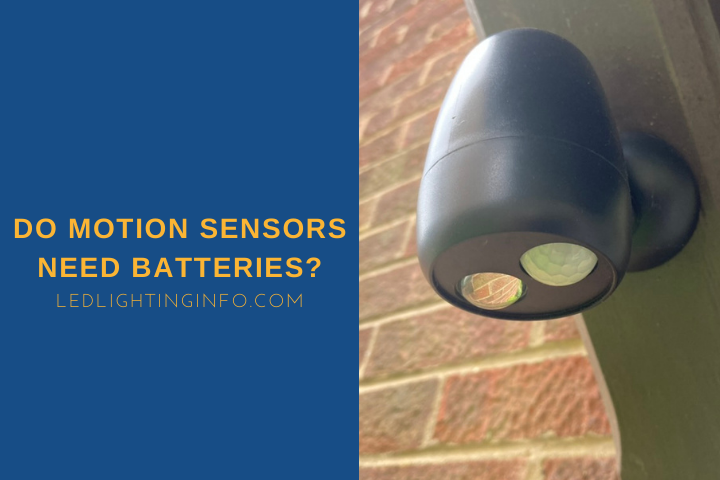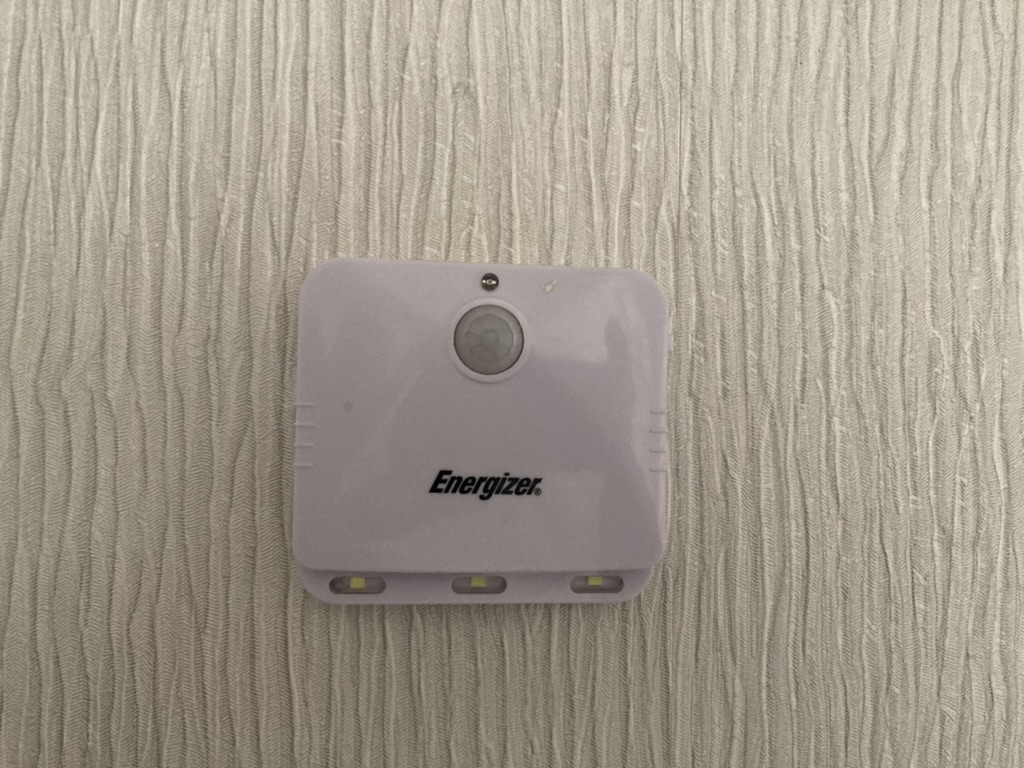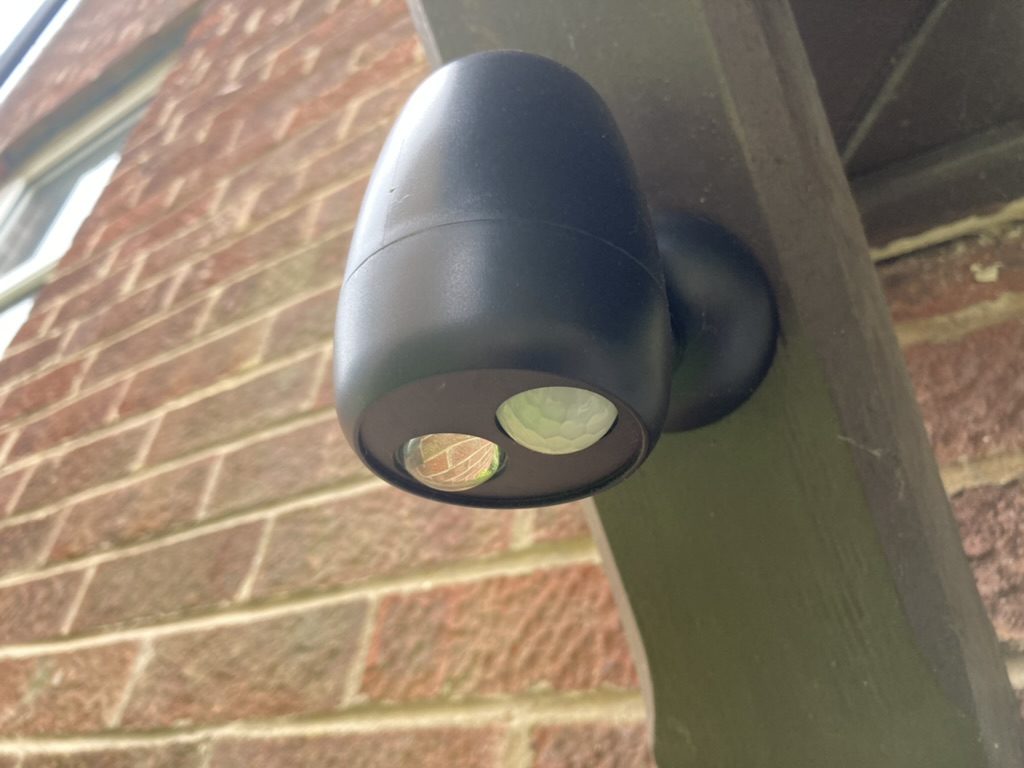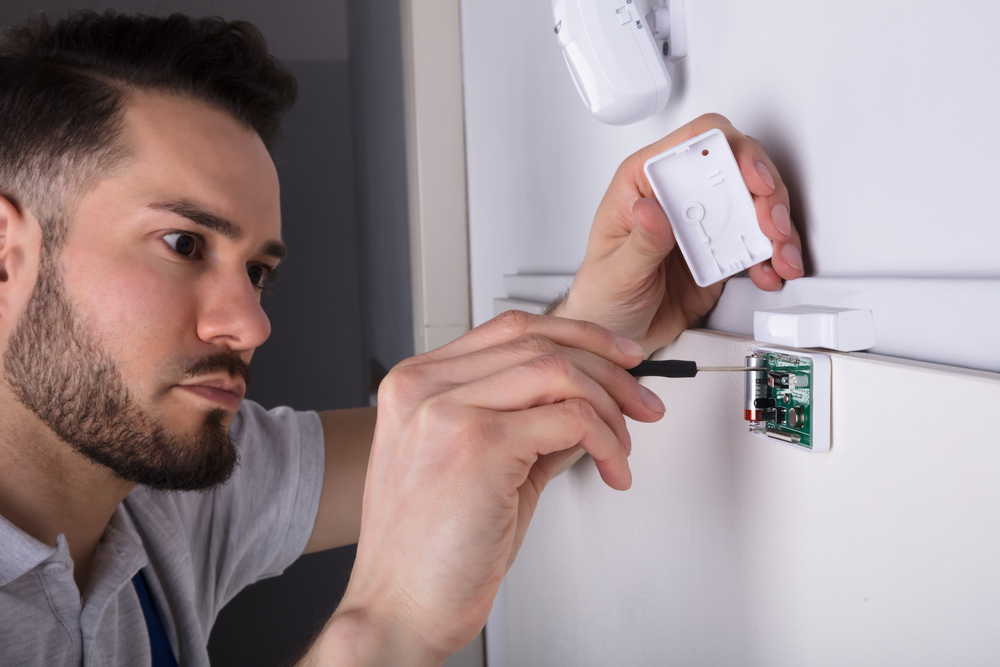Motion sensors are clever devices that use either a passive receiver or an active emitter with the receiver to determine when someone enters its field of view.
They do this using low-powered tech, which means they aren’t a massive electrical drain.
But how exactly are they powered, and do they need batteries?
Are they more trouble than they’re worth if they need batteries and need changing regularly?
Most outdoor motion sensors are hardwired. In contrast, indoor motion sensors are hardwired into the security system, or they’re wireless and battery-powered. Most battery-powered motion sensors use replaceable batteries but don’t need replacing often.
Let’s take a bit of a deeper dive into:
- How motion sensors are powered
- How often battery-powered sensors need replacing
- Whether all motion sensors have replaceable batteries
- How to replace a battery in a motion sensor
How Are Motion Sensors Powered?
Motion sensors are either wired or wireless. As the name suggests, wired sensors are powered by the electric current on the circuit they’re wired into.
There’s no need for an additional power source.
Most outdoor lights either have the sensor built into the fixture or have the sensor fitted separately but on the circuit.
With indoor motion sensors typically used for security systems, you can buy either wired or wireless, depending on your preferences.
If you buy a wired sensor, it is constantly powered by the mains power supply. So you’ll need to do a lot more work by hiding the wires behind trunking or drilling and feeding the wires through the walls.
Wireless sensors that use batteries are much easier to install – they just need the unit fitting.
Once done, they can be connected to your security system normally via an app. And because they still need power, they will use batteries.
How Often Do I Need To Replace Motion Sensor Batteries?
The question of how long your motion sensor can operate on a set of batteries depends on the individual motion sensor and the type of batteries that are used.
Some are designed for circular CR batteries, while others will take AA or AAA batteries – all pretty simple options you can easily buy online or in any grocery store.
Provided that you don’t choose a budget, low-quality battery with a low capacity, most motion sensors will last for between 3 and 5 years before they need the batteries to be replaced.
That’s a pretty long time – once you’ve installed your motion sensors, you won’t even have to worry about them for ages.
And when the batteries start running low, the security panel will usually alert you somehow. If it doesn’t have a display, then it’ll beep to tell you something’s wrong.
However, it’s considered best practice to replace your batteries every 5 years even if you don’t get notified that the power is running low – that way, you know your system is working as it should be.
Are Motion Sensors Batteries Integrated?
Most motion sensors have replaceable batteries, but there may be some that have integrated batteries that aren’t replaceable.
I’ve spent some time searching and can’t find any, but I wouldn’t want to rule it out.
Make sure you check whether the batteries are replaceable or not when you buy a motion sensor.
If they mention a lithium battery, that won’t be replaceable – you want one that works using standard alkaline batteries.
If you find one that you want to buy that does have an integrated lithium battery, be aware that it will be single-use.
Once the batteries have drained, you’ll need to replace the entire motion sensor.
You must bear the cost implications of that in mind.
A $40 motion sensor that uses replaceable alkaline batteries will be better value than a $20 motion sensor that has an integrated battery. Still, it’ll take up to 10 years to reap that benefit ($40 one-off plus the cost of batteries versus a new $20 sensor every 3-5 years).
Of course, you could always buy rechargeable batteries too, which helps to keep costs down since you only buy one set of batteries and keep recharging them.
Also, the environment will thank you.
It will likely take between 5 and 13 hours depending on your batteries and charger.
Also read: Do Motion Sensors Work Through Glass?
How To Replace Battery In A PIR Motion Sensor?
Replacing the batteries in a PIR motion sensor couldn’t be easier – it’s the same as swapping out batteries on any simple device.
Most motion sensors will have a release catch. You just need to push in.
Depending on the model, this may be on the top, the bottom, or the side of the sensor.
If in doubt, check the manual.
If you can’t see a release catch but a clearly visible screw, you’ll need to unscrew the panel instead.
Once opened, it should be apparent where the battery is.
Remove the old batteries and replace them – taking care with AA or AAA batteries to make sure the battery is aligned with the polarity correctly.
CR batteries don’t have this concern.
It’s as simple as that and should be back to fully operational. If your security system is still beeping to alert you, try resetting it.
Related: How To Make Motion Sensor Light Stay On?
Final Words
Wireless motion sensors are a great way of installing a handy security device without a lot of messy work hiding wires, but as with most wireless devices, that does mean you need to think about battery power.
Yet, with a long battery life of 3-5 years on average, that won’t be something that causes you a lot of headaches.
Because they’re so simple to swap out, they are likely to be a better option than choosing a wired one in almost any indoor system.
Unless you’ve got a good reason for using wired sensors that you want to share?
Or have you also decided on wireless, battery-powered options?





